Case Study: Enhancing Home Automation with Smart Plugs
Introduction
In the era of smart homes, the integration of intelligent devices has revolutionized the way we interact with our living spaces. Among these innovations, the Smart Plug for Home Automation stands out as a versatile and cost-effective solution. This case study explores how smart plugs can enhance home automation, providing convenience, energy efficiency, and security.
Background
Home automation refers to the use of technology to control and automate household activities. From lighting and heating to security and entertainment, smart devices are making homes more efficient and comfortable. Smart plugs, also known as smart outlets or WiFi plugs, are devices that can be plugged into traditional electrical outlets, allowing users to control connected appliances remotely via a smartphone app or voice commands.
The Problem
Many homeowners face challenges in managing their household appliances efficiently. Traditional plugs offer no remote control or scheduling options, leading to energy wastage and inconvenience. For instance, forgetting to turn off appliances can result in higher electricity bills, while the inability to control devices remotely can compromise home security.
The Solution: Smart Plug for Home Automation
Smart plugs address these issues by providing remote control, scheduling, and energy monitoring features. These devices can be integrated with existing home automation systems, offering a seamless and user-friendly experience.
Case Study: The Smith Family
The Smith family, a household of four, decided to upgrade their home with smart plugs to enhance their home automation system. Their primary goals were to reduce energy consumption, improve convenience, and enhance security.
Implementation
1. Selection of Smart Plugs: The Smiths chose smart plugs compatible with their existing home automation ecosystem, which included Amazon Alexa and Google Home. They opted for plugs with energy monitoring features to track their electricity usage.
2. Installation: The installation process was straightforward. The smart plugs were simply plugged into the existing outlets, and the corresponding app was downloaded on their smartphones. The plugs were then connected to the home WiFi network.
3. Integration: The smart plugs were integrated with the family's voice assistants, allowing them to control connected appliances using voice commands. They also set up routines and schedules to automate their daily activities.
Results
1. Energy Efficiency: By monitoring their energy usage, the Smiths identified appliances that consumed the most power. They scheduled these devices to operate during off-peak hours, resulting in a 15% reduction in their monthly electricity bill.
2. Convenience: The ability to control appliances remotely added a new level of convenience. For example, they could turn on the coffee maker from their bedroom in the morning and preheat the oven while on their way home.
3. Security: The Smiths used smart plugs to control their lighting system, creating the illusion of an occupied home even when they were away. This feature provided peace of mind and enhanced their home security.
4. Automation: Routines and schedules streamlined their daily activities. Lights would automatically turn on at sunset, and the thermostat would adjust based on the time of day, ensuring a comfortable living environment.
Challenges and Solutions
1. Compatibility Issues: Initially, the Smiths faced compatibility issues with some older appliances. They resolved this by using smart plugs with universal compatibility or upgrading certain devices.
2. Network Connectivity: Ensuring a stable WiFi connection was crucial for the seamless operation of smart plugs. The Smiths invested in a mesh WiFi system to eliminate dead zones and improve connectivity.
3. User Learning Curve: Adapting to the new technology required a learning curve. The Smiths took advantage of online tutorials and customer support to familiarize themselves with the smart plugs' features.
Conclusion
The integration of Smart Plugs for Home Automation significantly enhanced the Smith family's living experience. By providing remote control, scheduling, and energy monitoring capabilities, smart plugs offered a practical solution to common household challenges. The Smiths achieved their goals of reducing energy consumption, improving convenience, and enhancing security, making their home smarter and more efficient.
Recommendations
For homeowners considering smart plugs, it is essential to:
1. Choose Compatible Devices: Ensure that the smart plugs are compatible with your existing home automation system and appliances.
2. Invest in a Reliable WiFi Network: A stable and robust WiFi connection is crucial for the optimal performance of smart plugs.
3. Leverage Energy Monitoring Features: Use the energy monitoring capabilities to identify and reduce energy wastage.
4. Explore Automation Options: Take full advantage of scheduling and routines to automate daily activities and enhance convenience.
In conclusion, Smart Plugs for Home Automation are a valuable addition to any smart home, offering a blend of convenience, efficiency, and security. As technology continues to evolve, the potential for smart plugs to transform our living spaces is limitless.
No comments

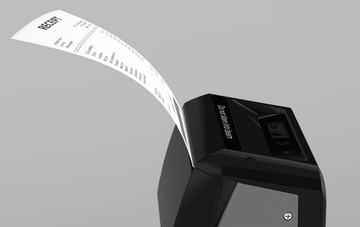
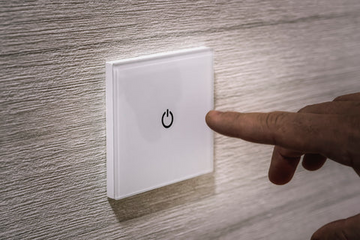

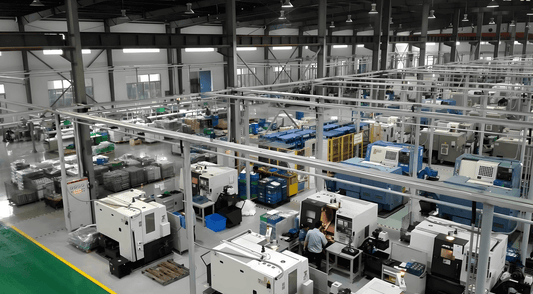
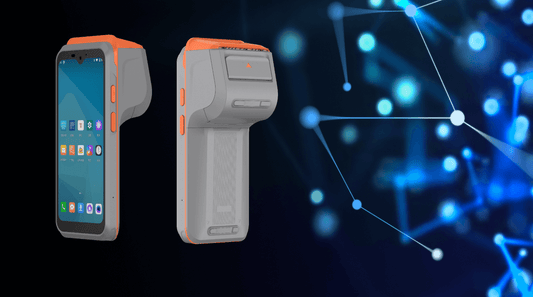
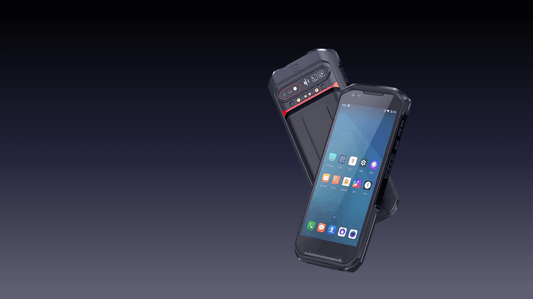
0 comments